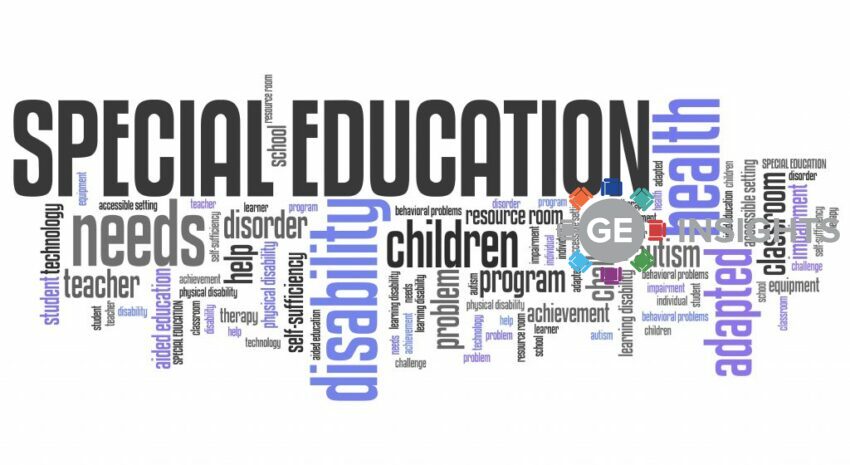Inequality is often understood from a perspective that categorises different marginalised groups, sometimes dividing their experiences and neglecting to see the cross over between multiple identities. In this interview, we discuss the need for change with Cllr Sharon Thompson of Birmingham City Council.
When it comes to tackling racial bias and discrimination, the approach of many businesses is to tackle these instances from a solely racially oriented perspective. As many businesses have begun taking steps to improve their inclusivity operations, many have forgotten to consider the multi-faceted nature of discrimination.
A widely suggested solution to this issue is the adoption of an Intersectional Approach. This approach is defined as one that takes into consideration the unique, lived experiences of individuals based on multiple components of their identity. Be this the combination of gender, race, sexual orientation, age, disability, religion or socio-economic status – intersectionality is the understanding that all of these characteristics are highly influential in the daily experiences of an individual.
Councillor Sharon Thompson, Cabinet Member for Homes and Neighbourhood at Birmingham City Council, is a strong advocate of the Intersectional Approach. She stresses that it is vital for businesses looking to address wider levels of inequality.
“Something we need to address in the workplace, in order to aid minority communities, is the acknowledgement of intersectionality and understanding the overlap in identities that adds to the racial equality conversation”, explained Cllr Thompson [1].
She added, “I am a woman, a black woman. There are going to be things I face simply because I am a woman and there are going to be other things that I face simply because I am a black person.”
“Those things moulded together to make a huge difference. . Even within movements such as feminism, the acknowledgement of intersectionality can sometimes be overlooked, just as it can be when addressing these concerns in different environments, such as the workplace. Facing something as a black woman is a different experience to that of a white woman, a woman with a disability, a queer woman etc. I think it’s incredibly important that we move towards understanding that, rather than ignoring it.”
Councillor Sharon Thompson, Cabinet Member for Homes and Neighbourhood at Birmingham City Council, 2021
Cllr Thompson’s concerns surrounding the absence of intersectionality within conversations of discrimination has been expressed by many others. In fact, research such as the 2018 Catalyst Report [1] has shown that the fear of multi-layered discrimination is more common among employees than businesses might first have thought.
The report, titled “Day to Day Experiences of Emotional Tax Among Women and Men of Colour in the Workplace”, records that discrimination based on multiple characteristics is a common concern of both men and women of multiple ethnic backgrounds.
Overall, it was found that most men and women across these groups reported being highly on guard within the workplace against racial bias. However, 40% of women surveyed also reported feeling additional pressures of gender bias, compared to 26% of men [1].
When exploring multiple combinations of further bias, between 13% and 27% of respondents reported being on guard because they anticipated bias based on other aspects of their identity, such as physical appearance, physical ability, age, and religious beliefs [1].
Additionally, the Catalyst report coins the term ‘emotional tax’ [1]. This term was used to describe the ‘combination of feeling different from peers at work because of gender, race and/or ethnicity’ and the emotional effect this has on an individual’s wellbeing [2]. When using this term, the report refers to the mental and emotional toll that weighs heavily on these employees, hindering their ability to thrive at work. This is what is to be expected as a consequence for those businesses who fail to acknowledge the intersectional aspects of racial discrimination.
In light of these findings, it is clear that race is not the only component of discrimination that ethnic minorities face. To create a more accepting and equal workplace, businesses will need to consider all of these components.
“We need positive action on this”
“Every organisation’s ambition should be to be one of the most inclusive workplaces. One that people are queuing up to fill in an application form for, never wanting to leave because they want to grow their career, rather than feel like they’re being bullied or picked on in the workplace.”
Councillor Sharon Thompson, Cabinet Member for Homes and Neighbourhood at Birmingham City Council, 2021
You can access the Catalyst tools for creating equitable workplaces here
Sources:
[1] MGC Interview with Councillor Sharon Thompson, Cabinet Member for Homes and Neighbourhood, Birmingham City Council, 14/10/21
[2] Catalyst.org. 2018. Report: Day-To-Day Experiences Of Emotional Tax Among Women And Men Of Color In The Workplace. [online] [Accessed 19/04/21]
[3] Catalyst.org. 2019. New Catalyst Report Reveals “Emotional Tax” Experienced by People of Colour in Corporate Canada [online] [Accessed 19/04/21]
Register FREE to access 2 more articles
We hope you’ve enjoyed your first article on GE Insights. To access 2 more articles for free, register now to join the Government Events community.
(Use discount code CPWR50)




